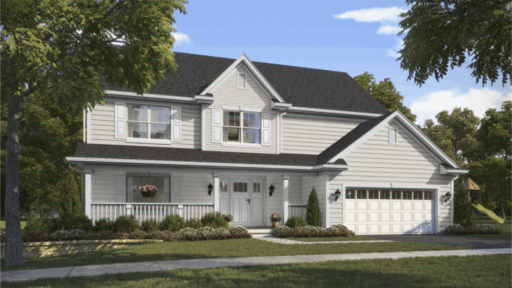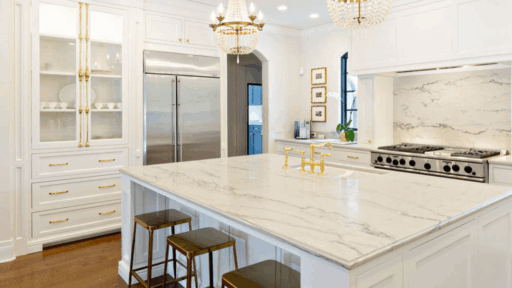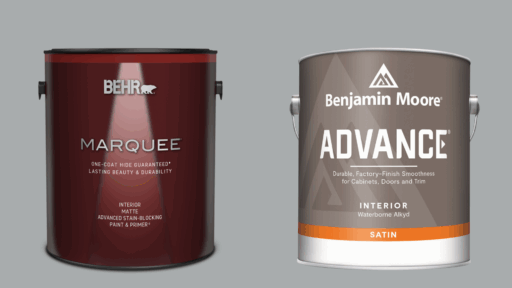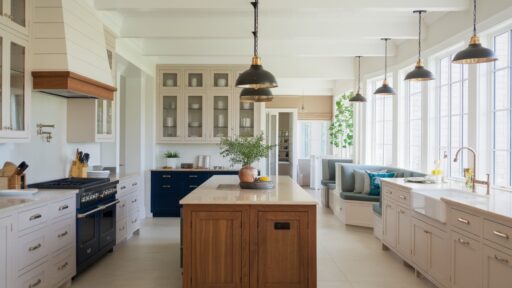Living in harmony with nature has become more than just a trend—it’s a meaningful lifestyle. Homeowners are increasingly seeking living spaces that integrate seamlessly with their outdoor environments, favoring designs that blur the line between indoors and garden spaces.
When you’re planning a new build, renovation, or just daydreaming about your ideal setting, choosing a home design that complements lush landscaping can enhance tranquility, well-being, and even property value. Here are three carefully selected home styles that exemplify this concept of immersive garden living, each offering its own way to connect architecture with the natural world.
Cozy Cottages: The Quintessential Garden Companion
Few home styles embrace the garden lifestyle as naturally as the cozy cottage. Rooted in romantic countryside traditions, these homes are compact yet overflowing with charm, perfectly scaled to nestle into blooming borders, climbing roses, and fruit-laden vines.
Cottages often feature steep-pitched roofs, dormer windows, and hand-crafted details that evoke warmth and welcome. These elements not only lend visual harmony with the natural surroundings but also allow for design features that enhance the garden connection—think window boxes spilling with flowers, Dutch doors that open to a herb-lined path, or wraparound porches for sipping morning tea among buzzing pollinators.
Because cottages are usually modest in size, they encourage outdoor living. Garden rooms, trellised nooks, and intimate patios become true extensions of the indoor space. Their layout frequently places kitchens or breakfast nooks near large windows or French doors, creating visual and physical fluidity between the inside and the green world outside. With a focus on simplicity and texture—like stone paths, reclaimed wood beams, and climbing ivy—cottages make nature feel not only close but lovingly curated.
The style is also ideal for sustainable living. With smaller footprints and natural materials, cottage homes pair beautifully with low-maintenance native gardens, edible landscapes, and wildlife habitats. This creates not only a cozy home but a living ecosystem.
Modern Farmhouses: Where Elegance Meets Earthiness
The modern farmhouse has risen in popularity for its clean lines, rustic soul, and capacity to balance indoor luxury with outdoor openness. Designed for practicality and warmth, these homes often sit comfortably in expansive garden settings, whether rural or suburban, and lend themselves well to both manicured lawns and untamed landscapes.
One of the strongest features of this style is the use of large windows—often floor-to-ceiling—allowing garden views to flood interior spaces with natural light. Open-plan interiors are paired with generous porches, sliding barn doors, and outdoor dining areas that blend seamlessly with flower beds, raised vegetable plots, or even chicken coops for a more agrarian lifestyle.
Cladding materials like board-and-batten siding or painted brick further reinforce the earthy, approachable vibe. Black-framed windows, gabled rooflines, and galvanized steel accents nod to heritage farm buildings, but the interiors often showcase clean, modern finishes. This fusion of old and new makes modern farmhouses ideal for homeowners who love curated design without sacrificing functionality.
In garden living terms, the modern farmhouse offers versatility. It supports both ornamental and productive gardens—roses on one side, tomatoes and basil on the other. Outdoor features such as pergolas, firepits, and greenhouses can be added without disturbing the home’s aesthetic balance. Even in smaller suburban plots, the farmhouse layout naturally encourages garden integration by maximizing backyard access from kitchens, mudrooms, and living areas.
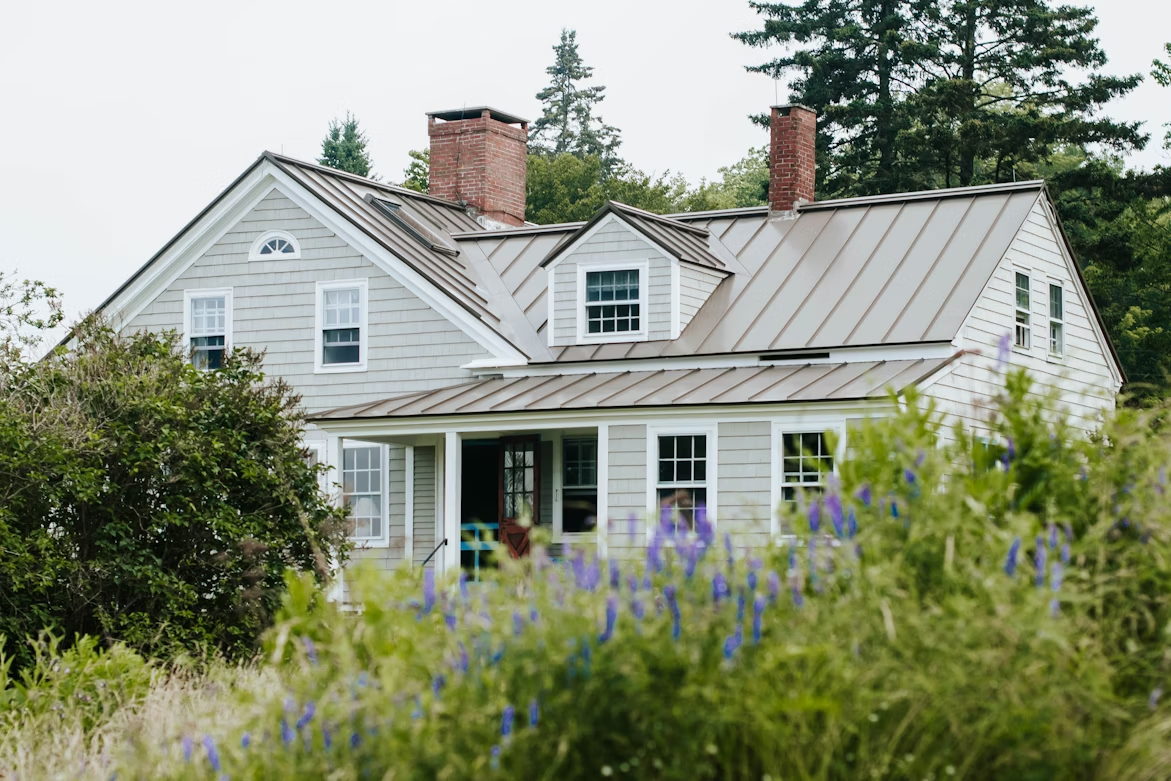
Photo by Aubrey Odom on Unsplash
Mid-Century Modern Homes: Nature Through Glass And Geometry
Mid-century modern homes, with their distinctive flat planes, oversized eaves, and floor-to-ceiling windows, are tailor-made for integrating indoor space with outdoor landscape. Originating in the post-war era, these homes were designed to emphasize simplicity, light, and connection to nature—all elements that make them ideal for garden-centric lifestyles.
The hallmark of this design is transparency. Interior walls are often replaced with glass panels, turning the garden into a moving mural throughout the day. Rather than positioning a garden as something to “look at,” mid-century homes incorporate it as part of daily life. You walk beside it, sit with it, and experience the changes of seasons through unobstructed views.
Flat or low-pitched roofs with long overhangs provide shaded areas ideal for container gardens, outdoor lounges, or meditation zones. These homes typically use natural materials such as stone, wood, and concrete, helping them visually recede into their surroundings and let the greenery take center stage.
Many layouts also include inner courtyards—private, plant-filled sanctuaries visible from multiple rooms. These offer a unique opportunity to create immersive garden experiences in more urban or densely built environments. Rain gardens, mossy paths, or even small water features can elevate these spaces into sensory retreats.
Importantly, the architectural geometry of mid-century homes does not compete with nature but complements it. Clean lines and a neutral palette allow for vibrant plants and textured greenery to add dynamism and color, making these homes feel like serene extensions of the land.
Tips For Designing A Seamless Indoor-Outdoor Flow
To truly blend home and garden living, focus on transitions. Use large sliding or folding glass doors to create direct access to patios or decks. Choose cohesive flooring—like extending hardwood or stone tile outside—to visually connect spaces. Opt for natural color palettes indoors that reflect garden hues. Incorporate indoor plants near windows to echo the outdoor greenery.
Align furniture placement to garden views and consider retractable awnings or pergolas for year-round outdoor enjoyment. Thoughtful design choices can turn even modest spaces into immersive garden retreats, where the boundary between inside and outside gently disappears.
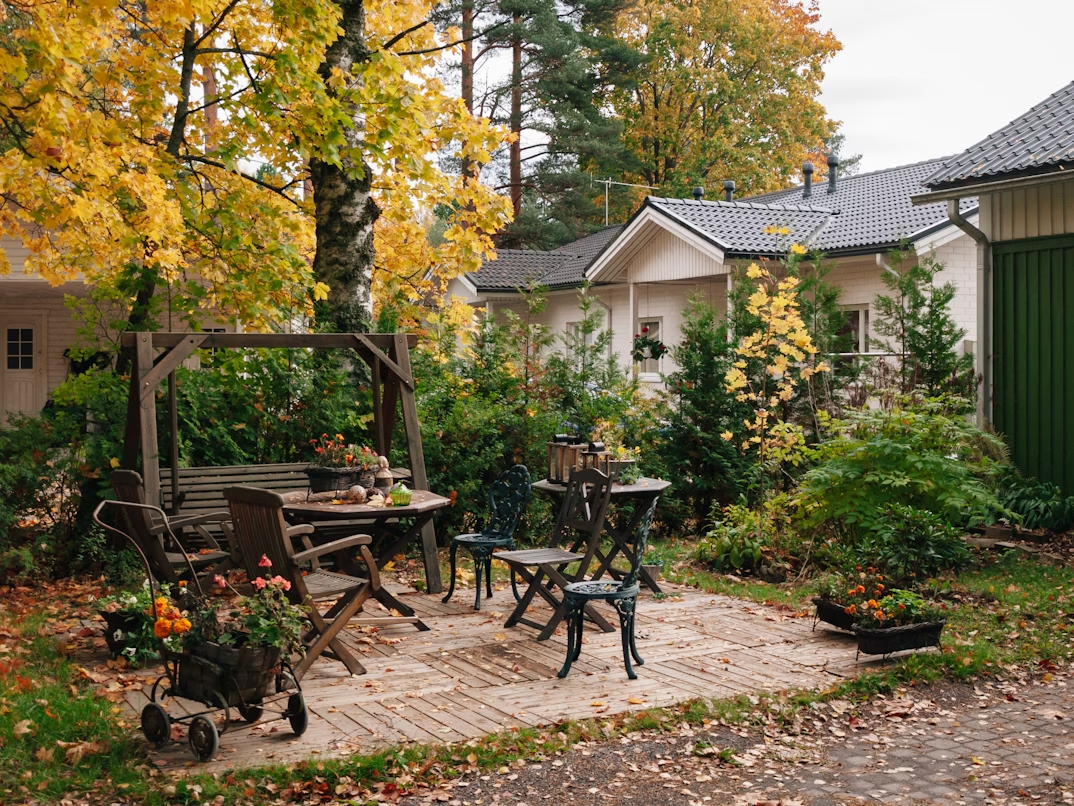
Photo by Nick Night on Unsplash
Wrapping Up
Designing a home that blends with a garden isn’t about size, budget, or trendiness—it’s about intention. Whether you prefer the snug romance of a cottage, the balanced function of a modern farmhouse, or the airy elegance of mid-century modern, each of these designs honors the landscape as more than background décor. They make gardens integral to the way we live.
The best home designs don’t just sit in nature—they participate in it. They let you smell the lavender through an open window, walk barefoot from hardwood to turf, and find stillness under a vine-draped pergola. And in doing so, they offer not only shelter—but sanctuary.





